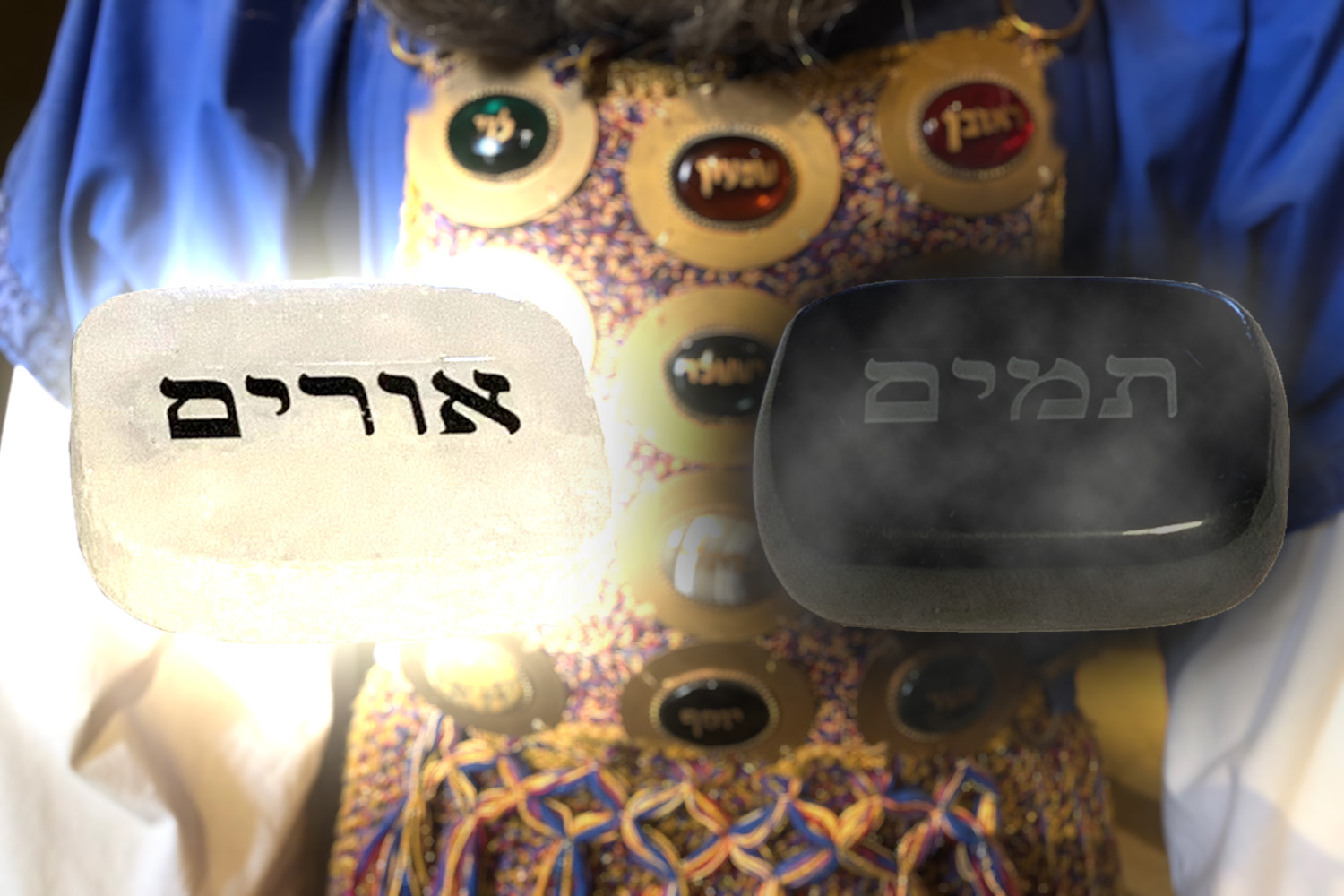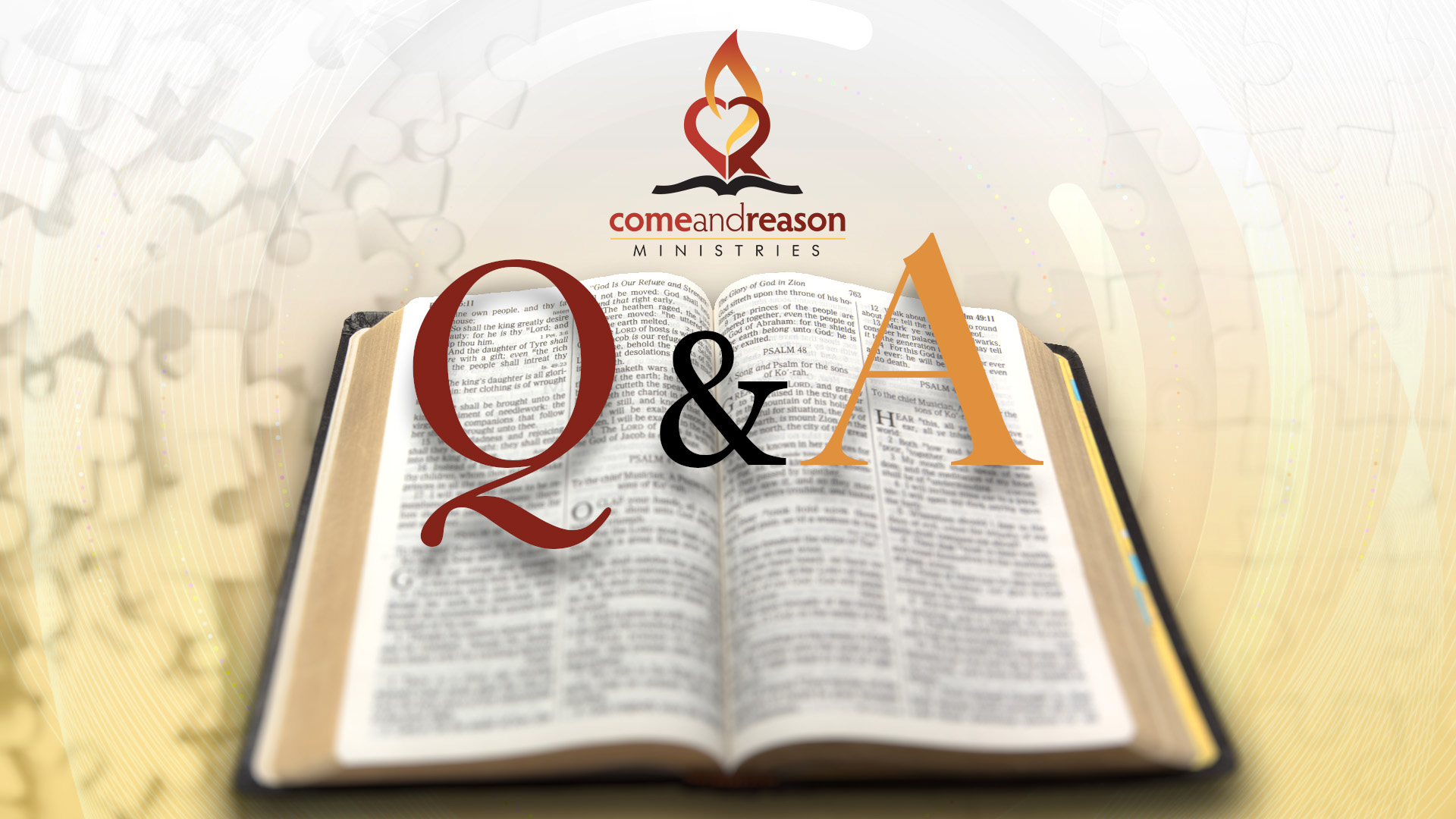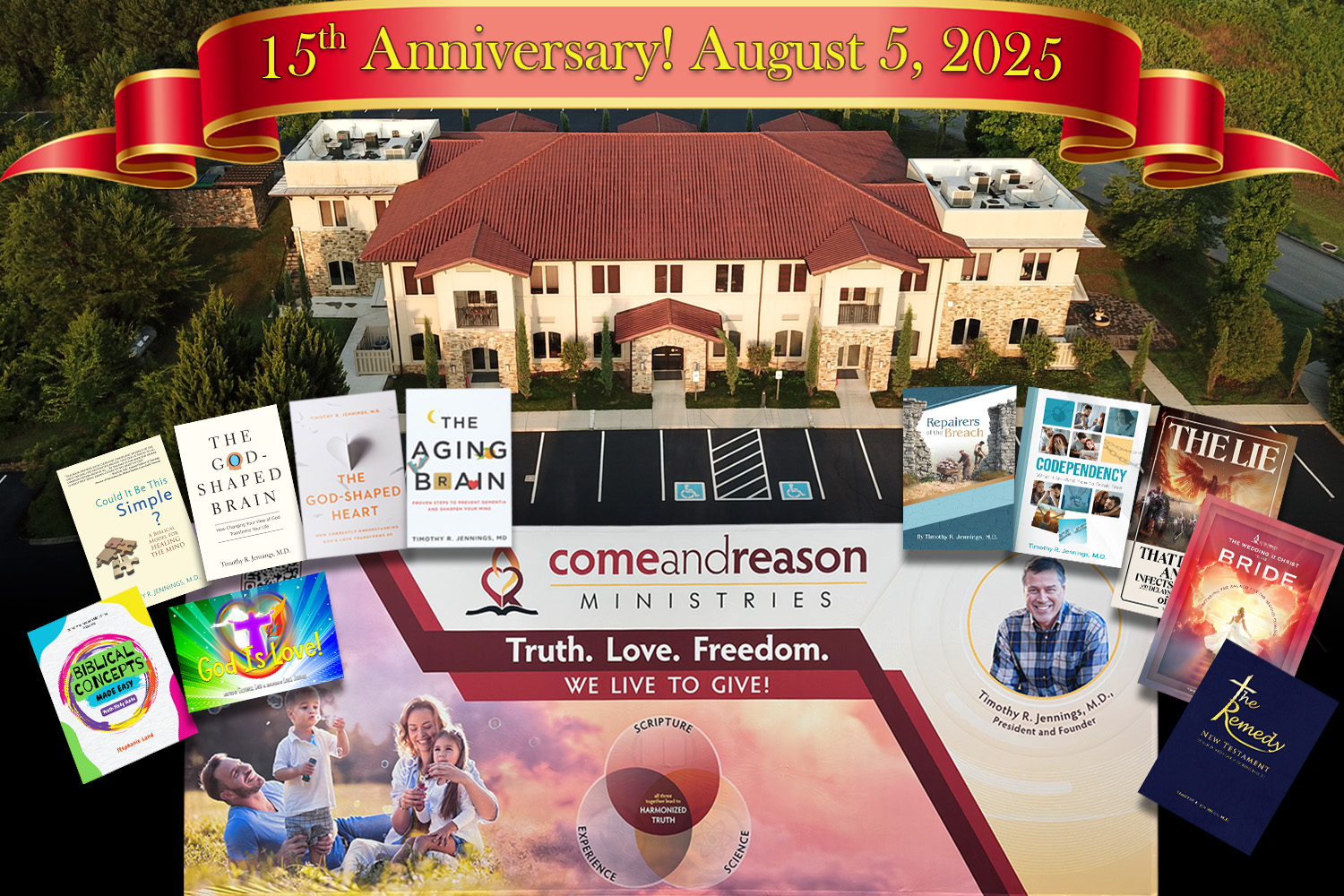Recently, I read the following in a Bible study guide:
The LordŌĆÖs judgment is closely related to the sanctuary. The sanctuary was the environment where the psalmistŌĆÖs understanding of the problem of evil was transformed (Ps. 73:17-20). The sanctuary was designated as the place of divine judgment as indicated by the judgment of Urim (Num. 27:21) and by the breastplate of judgment of the high priest (Exod. 28:15, 28-30). Accordingly, many psalms depict God on His throne in the sanctuary ready to judge the world for its sin and evil.[1]
When you hear descriptions like this, what comes to mind? Do you think something legal, something judicial, something about investigating sins and determining guilt or innocence, and then appropriate punishments?
If this is how you conceive of judgment, then you are thinking in human legal terms, within the confines of this fallen world, applying the meaning of how human law functions, assuming that GodŌĆÖs laws function like human laws and that judgment is the rulings of a magistrate or judge to determine some legal finding. The Bible study guide seems to be promoting this very fallen, humanly sinful, worldly way of thinking about judgmentŌĆöthe judgment type of the kingdoms of this world.
But Jesus said His kingdom was not of this world; if it were, then His followers would fight like the world does (John 18:36).
However, the study guide does use a Bible text to support its assertions, pointing us to Exodus 28:15 and 30, which reads:
You shall make the breastplate of judgment. ŌĆ” And you shall put in the breastplate of judgment the Urim and the Thummim, and they shall be over AaronŌĆÖs heart when he goes in before the LORD. So Aaron shall bear the judgment of the children of Israel over his heart before the LORD continually (NKJV, emphasis mine).
But does the word ŌĆ£judgmentŌĆØ in this contextŌĆöthat is, the sanctuaryŌĆöthe breastplate, and the Urim and Thummim mean legal and judicial rulings of guilt and innocence? Or does it mean discernment, assessment of what is right or wrong, determining what is best, diagnosing the problem and prescribing the solution, and discrimination of the best of a variety of options, of wise decision-making?┬Ā
In fact, the use of the term ŌĆ£judgmentŌĆØ here means the exercise of discernmentŌĆöwise decision-making. Urim and Thummim were not used judicially! They were used to discern the will of God, and many other Bible versions translate it in this way:
You are to make a breastpiece for use in making decisions. ŌĆ” You are to put the Urim and the Thummim into the breastpiece of decision; and they are to be over AaronŌĆÖs heart when he goes in before the LORD. Aaron is to bear the decisions of the Israelites over his heart before the LORD continually (NET, emphasis mine).
Furthermore, the NET commentary on these verses reads:
The Urim and the Thummim were two objects intended for determining the divine will ŌĆ” or ŌĆ£judgmentŌĆØ (KJV, ASV, NASB, NRSV). The term is ū×ų┤ū®ų░ūüūżųĖų╝ūś (mishpat), the same word that describes the breastpiece that held the two objects. Here it is translated ŌĆ£decisionsŌĆØ since the Urim and Thummim contained in the breastpiece represented the means by which the LORD made decisions for the Israelites. The high priest bore the responsibility of discerning the divine will on matters of national importance.[2]
Here is commentary about Urim and Thummim from the book Patriarchs and Prophets:
At the right and left of the breastplate were two large stones of great brilliancy. These were known as the Urim and Thummim. By them the will of God was made known through the high priest. When questions were brought for decision before the Lord, a halo of light encircling the precious stone at the right was a token of the divine consent or approval, while a cloud shadowing the stone at the left was an evidence of denial or disapprobation (p. 351, emphasis mine).
So, the idea that the high priest was acting in a judicial manner is not supported by the breastplate and Urim and Thummim, but instead, the sanctuary was a place to discern GodŌĆÖs will, a place to learn wisdom, to find answers and make decisions.
Such an understanding is exactly what we expect when we worship God as Creator and understand His laws are design lawsŌĆöthe protocols life is built to operate upon. God is the builder and sustainer of reality, and as such, life, health, and happiness always occur in harmony with Him and His designs. Thus, we would anticipate that godly judgment is godly wisdom, discernment, the ability to tell the right from the wrong and choose the healthiest and holiest course.
This idea of humans having some cosmic external legal problem is a lie; it is from believing the lie that GodŌĆÖs law functions like human law and then teaching that God functions no differently than a creature, making up rules and using power to punish rule-breakers. That is SatanŌĆÖs goalŌĆöto unseat God from the throne of our hearts and minds by getting us to worship a being who is functionally no different than a creature.
And when we understand design law, we understand the true purpose of the Old Testament sanctuaryŌĆöto teach the plan of salvation, which is the plan to heal and restore GodŌĆÖs creation back into at-one-ment with Him by removing from them the defilement of sin, by making them pure and holy again.
If you would like to learn more about the symbolism of the Old Testament sanctuary, how it teaches GodŌĆÖs plan to heal and restore, and see that it contains nothing from a human-law perspective, check out our seminar The Sanctuary and Feast Days.
[1] Adult SS Guide 1st Q 2024, Psalms, p. 49.
[2] Biblical Studies Press. (2005). The NET Bible First Edition; Bible. English. NET Bible.; The NET Bible. Biblical Studies Press.
┬Ā









 using your credit or debit card (no PayPal account needed, unless you want to set up a monthly, recurring payment).
using your credit or debit card (no PayPal account needed, unless you want to set up a monthly, recurring payment). instead?
instead?